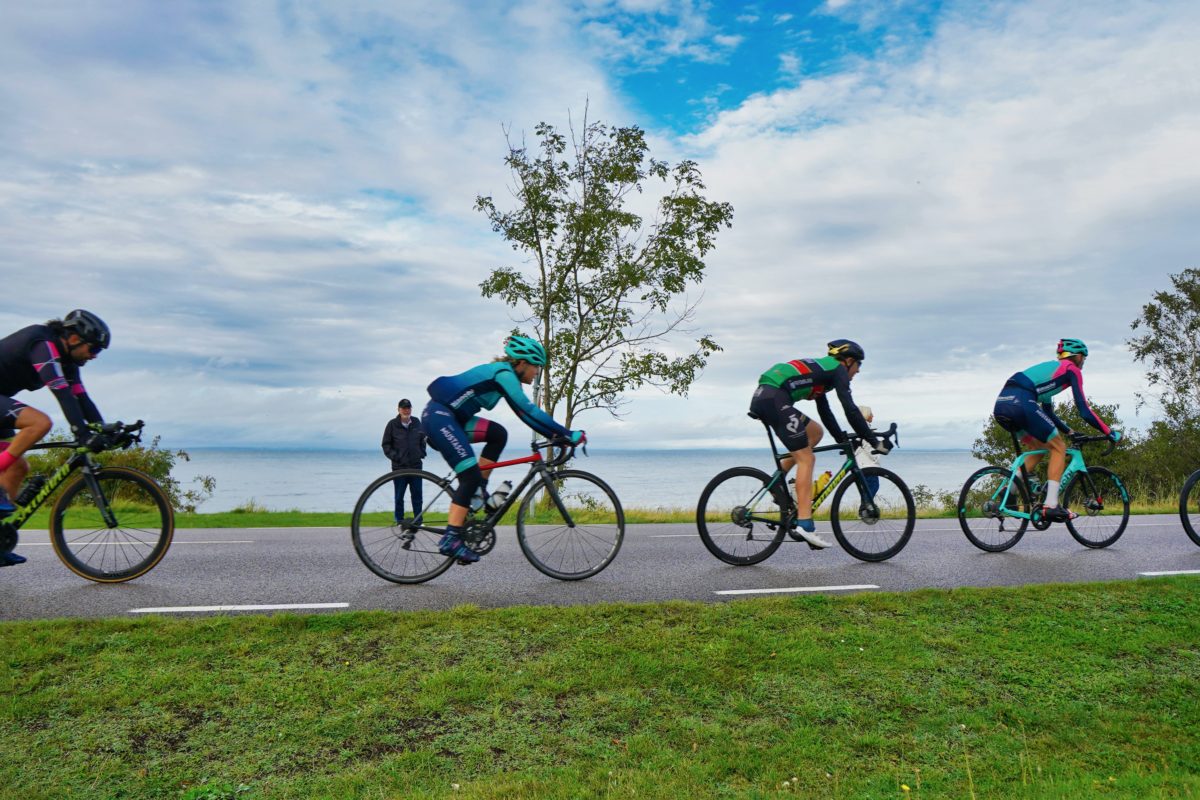Base training means so much more than working at the base. But what does that mean and how can it be implemented correctly? Tips from ex-professional triathlete Ronnie Schildknecht.
First of all, it is important to understand that basic training is not just about eating up kilometers. After all, it’s not the number of kilometers alone that determines how good the base is.
A combination of different factors ensures a stable base. This also includes a certain amount of technique training and tempo base training. I am deliberately talking about a “certain measure” here. Because the focus should be on the long, but easy sessions. Because these are limited in the winter, many athletes opt for a first, early training camp in the heat. For those who don’t have the opportunity to do this, it doesn’t really matter whether the base training is done indoor or on a road bike, during a run in the woods or on the beach. The main thing is to include longer, easier workouts in your schedule – and possibly string them together.
You don’t have to be fast in February
For me, these first weeks of training always belong on the agenda. They kick off the new year – and after a scheduled start to the year, I usually take the opportunity to measure myself against strong competition for the first time.
I often observe in the first training camps that during group rides on the bike everyone wants to show the others how “fit” they already are. This means that many then ride too fast and forget that it should be base training. They behave much more as if it was about being the Tour king. But what’s the point of being the fastest in January/February and then chasing the competition during the season? Such moves are rather counterproductive if you want to achieve something during the season. But when is hard too hard? The easiest way is to follow the talking principle: As long as I can still talk well with my colleagues, I ride or run in the easy area. And talking to each other is exactly what can be so much fun on long rides. So that’s another reason to take a relaxed approach to training.
Monitor your pulse
If you don’t want to rely on your feeling regarding the hardness of the training, it’s best to work with a heart rate monitor. However, I am very reluctant to talk about pulse values because they are very individual. Rather, you should align yourself with your maximum pulse. When it comes to basic endurance, this means never exceeding 75 percent of your maximum heart rate. Basic training serves to prepare you for the real workout. Without basics, hard sessions are much harder – and not of the same quality. While the basic training for running and cycling is based on longer sessions at low intensity, in swimming it’s not about doing laps in the pool as long as possible and “counting tiles,” as ex-swimmer Franziska van Almsick once said. Firstly, it gets boring really quickly in the indoor pool, and secondly, it makes little sense in terms of training methodology. When swimming, a certain intensity should always be maintained. At the same time, swimming training should be varied and entertaining. How do I do that? With technical and playful exercises. One-arm swimming, swimming without a leg stroke, or alternative swimming styles such as dolphin improve water awareness, swimming style, and thus swimming skills.
From the shower to the running shoes
And with that in mind, now is the time to lay the foundation, I often have my running shoes ready next to the pool. That way, I can change briefly and add another running session. The point? You train the fat metabolism not only with base training, but also with such brick trainings. This is important because in endurance sports, the body must be able to burn fats even under a higher load in order to conserve the carbohydrate stores. As long as you burn too many carbohydrates, the body does not feel compelled to resort to fats. But the longer you can perform in fat metabolism during a competition, the smaller the danger that you will collapse towards the end. By the way, I am not telling all this to bring in a scientific perspective, but to show how important a good base is for a successful competition.
Or in other words: Without a good foundation, no one has ever built a high, stable house. If you don’t work on your foundation, you will have a hard time building a good competition form later on. With this in mind: Have fun with easy training!
Text from FITforLIFE– This blog post was provided to us by the Swiss magazine FIT for LIFE. If you want to read regularly informative knowledge articles in the field of running and endurance sports, click here.
If you want help planning the best base training that is dynamic and individual, get a training plan from 2PEAK. The first 21 days of your dynamic training plan are free.

